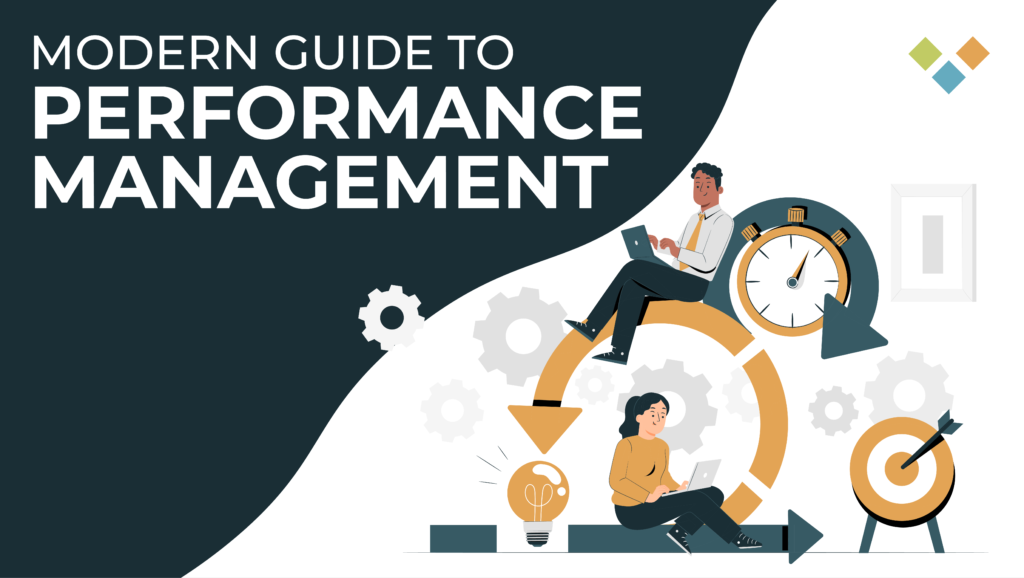
It can be quite difficult to manage a staff in the twenty-first century. Today’s workers look for an experience rather than just a profession. It might be ineffective to try and keep such a demanding workforce using out-of-date employee engagement techniques.
The only environment that can support this generation of “job hoppers” is one that is magnetic and consistently draws talent. Conventional performance management procedures are rigid and unresponsive to the requirements of the workforce of today.
Over the past five years, the performance management process has undergone significant transformation. We’ve created a comprehensive resource for performance management in 2019 that you can use to create and put into place an effective performance management strategy.
Customers have been referred to as the company’s most significant stakeholders by Peter Drucker, the Father of Management. Despite the fact that this might be the case, your clients can always count on your personnel. Take care of your people, and they’ll take care of your business, as Virgin Group founder Richard Branson once said.
Companies are busily reevaluating how they treat their employees in the tough, competitive economic environment of today. On how businesses may look out for their workers, including establishing a great workplace where workers are valued, engaged, productive, and highly driven, a lot has been written and debated by HR professionals.
Performance Management: What Is It?
Early in the 1980s, when overall quality management programmes were given top priority for achieving superior standards and high performance, the phrase “performance management” became widely used. The goal of performance management is to monitor and enhance employee competencies necessary for them to do their jobs effectively and help the company.
Performance management is a challenging area to work in, though. New performance management systems or approaches are developing every few years, and it has been evolving continuously. While many organisations have failed, some have successfully adapted and implemented these new strategies. Those that failed did so because they misunderstood the tactics or used them incorrectly entirely.
Employees are consequently left feeling defeated, uninspired, and disengaged. The underwhelming performance of the team and personnel irritates managers. Understanding effective performance management and its approach is thus the first step.
Effective performance management is a constant process rather than a once-a-year or twice-yearly “one-off” activity, and this is a crucial point to remember. Companies are now embracing flexible, dynamic procedures due to the volatile nature of the business environment.
It’s crucial to establish an efficient performance management system in order to:
- Set both immediate and long-term objectives.
- Establish precise performance standards.
- Real-time coaching and comments are provided.
- Boost productivity and performance of employees
- Acknowledge the need for training and development
- Boost loyalty and involvement among employees
- gaining knowledge of ineffective behaviour
- Sync employee performance with the company’s goal.
- Using the employees as a competitive advantage for the company
Steps in the New Performance Management:
Create sensible, adaptable goals.
Modern performance assessments adopt a more beneficial strategy than the conventional process, which forces unattainable year-long targets on employees (over which they have little control). Employee and boss can develop attainable, short-term goals that are future-focused during the unhurried, casual dialogue.
Adjust performance
Frequent and appropriate feedback helps individuals perform better while also assisting organisations in revising goals as needed and coordinating employee goals with changing organisational needs.
Request all possible feedback
Contemporary performance review procedures often regularly solicit input from a wide range of additional stakeholders, including coworkers, reportees, clients, and others, in addition to the employee’s direct management. These 360-degree reviews assist workers in staying on task, producing results quickly, and eventually reaching their objectives.
Recognize achievement
A positive relationship between the employee and boss is established through regular feedback. Businesses can track employee milestones and maintain employee motivation by timely doing due diligence and acknowledging employee performance.
Start your training
Businesses can identify skill needs and performance gaps efficiently with the help of a strong performance management framework. Modern performance management technologies also make it possible for firms to put existing employees through a thorough training programme that improves their skills and gets them ready for new tasks.
Conclusion
You simply cannot eliminate all the pain points associated with a performance management process using merely forms, no matter how good digital forms are. This does not imply that you must spend money on a specialised performance management product. In fact, a simple platform that combines these forms with essential elements and enables you to take a collaborative approach will save you a lot of work.
A major factor is a good HR intermediate or tool, BTS works as a go between to all solutions!

